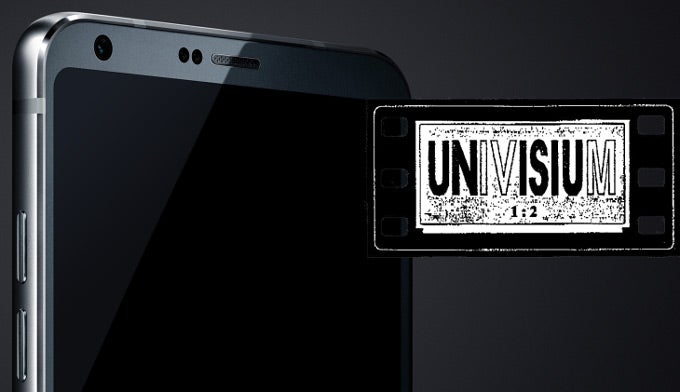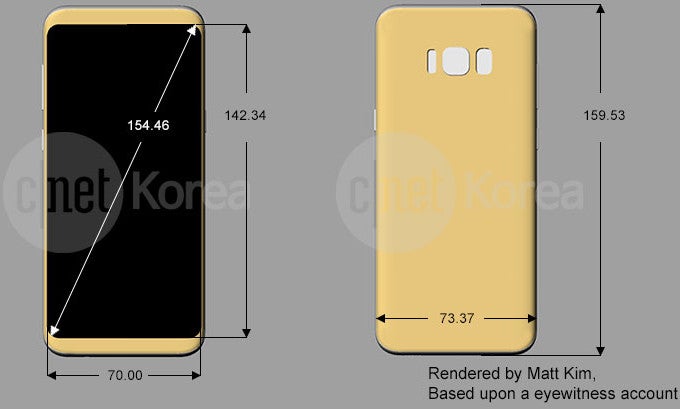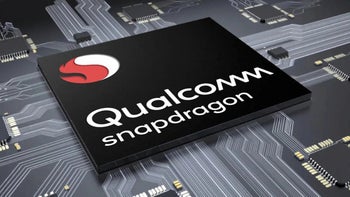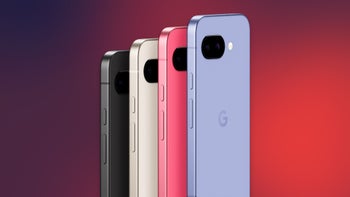So, what is this 2:1 Univisium display ratio on the LG G6 and likely the S8?

TL;DR
With more and more Netflix and other movies shot in the 2:1 Univisium format, phones like the LG G6 and the S8 would embrace the up-and-coming 18:9 aspect ratio for their displays, fitting more scene in the frame, and allowing for taller, narrower devices, plus better split-screen multitasking with Nougat.
The new 18:9 aspect ratio represents LG Display’s direction on how displays should evolve, while meeting the rising trend for watching videos on smartphones.
LG got none other but the inventor of the 2:1 Univisium format on stage today to explain why the G6 comes with a screen in this new aspect ratio. When LG announced a brand new 5.7" display panel with the unorthodox 1440 x 2880 pixels resolution, the company's experiments with secondary displays immediately came to mind. "Oh, it's just LG being LG," some thought, "they are always doing something with modular phones or extra ticker screens like on the V-series, so that might be it." Today became clear, however, that this screen will indeed be on their G6 flagship, and a lot of eyebrows got raised. What, a screen with an 18:9 (2:1) aspect ratio in a flagship handset? The vast majority of today's smartphone displays use the more common 16:9 ratio, which is the widespread widescreen 1:78:1 HD standard you see on your TV.Adding fuel to the 2:1 fire, Evan Blass of @evleaks fame tipped not long ago that the Galaxy S8 and S8 Plus displays will come with 18.5:9 aspect ratios, and we started wondering why the odd .5, and whether that means a flat 16:9 panel that is slightly curved on both sides. It might be accounting for the on-screen button strip that will allegedly be on the S8 and S8 Plus, or it could be because of the slightly rounded corners and edges, but in any case the aspect ratio for the visible flat portion of the displays will be closer to the new 2:1 standard of the G6 than the old 1.78:1 one.

142mm over 70mm flat display area? Yep, that's awfully close to the rumored Galaxy S8 18.5/9 screen aspect ratio

LG argues that the Univisium format let it fit more of these fireworks in the frame
Sounds iffy? Well, don't forget that the current widescreen 1.78:1 (16:9) standard was also coined as a mathematical average of the old 4:3 TV broadcast aspect ratio, and the legacy CinemaScope lens one used for shooting widescreen theatrical releases at the time. Most TVs, computer, laptop and smatphone displays since 2009 have caught on to the 16:9 format, but the future might merge the last two standing formats even further into the Univisium standard. That is why the Galaxy S8 and LG G6 screens might have been coined with the futureproof, albeit unorthodox 2:1 aspect in mind. Samsung, in particular, didn't bat an eye to slap an HDR10-compliant display on the Note 7, despite that this wide-color standard is not really widespread just yet.

New Netflix series are already shot in the Univisium format
Could this become the de facto phone screen standard going forward? That's a leap, so we'd have to hear how will Samsung and LG fare with this eventual move, but it has one more added benefit - judging from the new 2:1 G6, phones would become slightly taller, but narrower, and thus easier to use with one hand. Thanks, Univisium, if that's you.












Things that are NOT allowed: